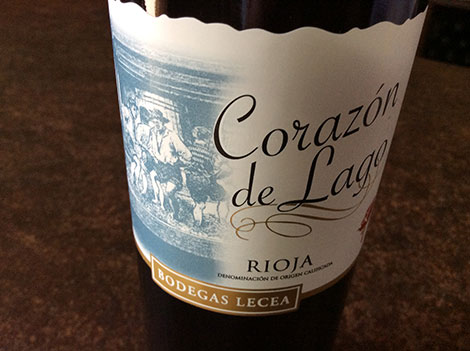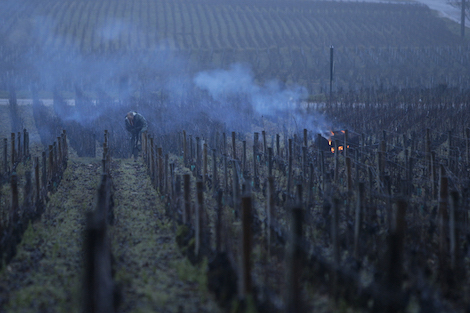As the weather cools, Americans’ appetite for Spain’s red wines warms up. From coast to coast, retailers and restaurateurs see an uptick in sales of not just Riojas but also the increasingly diverse selection of Spanish reds that have entered the US market in recent years.
“I’ve been seeing an uptick in all Spanish reds,” said Brent Kroll, proprietor at Maxwell Restaurant in Washington, DC, and wine director for the region’s Neighborhood Restaurant Group. “Rioja still reigns supreme, but regions like Bierzo, Ribeira Sacra and Monterei are going well, too.”
Which makes perfect sense. After all, these wines generally are hearty but not too heavy, quaffable but serious — and above all perfectly suited for the foods of autumn.
For Bill Abrahamson, senior wine buyer for the Top Ten chain of seven stores in Minneapolis-St. Paul, “It starts with Garnacha. The ones available here have a little more concentration to them. They’re richer and heavier than other Grenache-based wines. And as we get into comfort food, now that added weight is great for pairing.
“Tempranillo is more elegant and is so well-suited for stews and soups, with that nice herbal and spice bouquet.”
Indeed, red wines with “Rioja” on the label are perennially sought after, Kroll said. “Rioja’s always been an easy sell. You put it on the by-the-glass list, and that’s a no-brainer, it’s going to move.” But after years of obscurity, other regions are gaining recognition. “Maybe four or five years ago,” Krull said, “it was not common to find wines from a lot of these regions.”
Baby Boomers go for Rioja
But another major impetus has come from the homeland. “Spain’s been very aggressive with marketing budgets,” said Bob Calamia, wine buyer for the Chicago-based Binny’s chain of 37 stores, “and most of that goes into tastings for consumers and staff. Whenever you get the staff tasting, they’ll recommend what they tasted [and liked] most recently.”
Indeed, Binny’s sales of Spanish reds rose $1.5m in the fourth quarter of last year. Calamia said Rioja has been a hot category since the Cune Rioja Imperial Gran Reserva 2004 became the first Spanish bottle to finish atop Wine Spectator magazine’s Wine of the Year rankings in 2013. “Rioja has always been the strongest category, but it’s up even more since then,” Calimia said.
Rioja is especially popular with the Baby Boomer generation, more established wine drinkers in their 50s and 60s, Kroll said. Younger consumers are more adventurous.
“With Boomers, I think there are all these preconceived notions [about Spanish wines],” Kroll said. “Millennials don’t know this and want to try something new. So now we can get something from any quarter and have no issue selling it.”
He added that Millennials are looking for unusual stuff, including so-called "natural wines“. The Escoda Sanahuja wines from the Conca de Barberà region have proven popular with the younger set at his restaurants. But Kroll cautioned that these wines can have a lot of bottle variation.
“There are good ‘natural’ wines,” he said, “but sometimes [youthful imbibers] are searching so hard for ‘art,’ a finger painting can look like a Picasso, and then the wines aren’t right.”
One factor that makes Spanish reds popular in this or any season is affordability. Abrahamson pointed to Jorge Ordóñez’s Rio Madre Graciano, which bears a Rioja label and costs a mere $12.
Of course, a nice price tag might convince consumers to buy one bottle, but it’s what’s inside that will have them coming back for more. “Not only are these wines inexpensive, they’re interesting,” Abrahamson said. “They give you earth, spice, leather, fruit. They’re not simple. They have nice acidity, nice tannins. They’re balanced.” And that balancing act helps the balance sheets as the temperatures drop.

Bill Ward
An experienced American writer and journalist, he won a James Beard Award in 2004 for a series on Italian regional cuisine.
Wine tastings in November 2017
NEWSLETTER
Join our community of Spanish wine lovers






